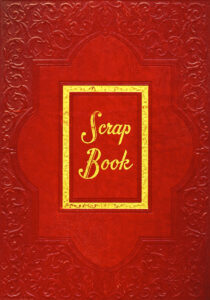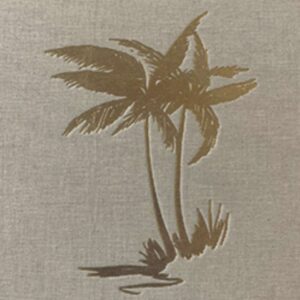- OFFSET BOOK PRINTING
- BINDING OPTIONS
- COVER OPTIONS
- PAPER OPTIONS
- FILE SET UP
- PUBLISHING/INTELLECTUALS
- DESIGNERS, EDITORS AND PUBLICIST
- PROOFING
- BOOK PRINTING INDUSTRY
- SELF PUBLISHING
- Marketing
- Promoting
- How to Promote Your Book on Amazon- Comprehensive Guide
- How to Use Hashtags to Promote Your Book on Social Media
- The Benefits of Offering Pre-Orders for Your Book
- The Importance of Book Awards and How to Win Them
- The Importance of Book Reviews and How to Get Them
- The Importance of Book Signings and How to Make Them Successful
- Editing
- How to Write a Killer Author Bio
- Develop a Consistent Writing Habit
- Importance of Copyright for Writers
- Writing Series vs. Standalone Books
- Understanding Typography
- Choosing the Right Literary Agent
- Creating a Book Series: Tips & Practices
- Advantages of Professional Book Editors
- Top Apps and Tools For Authors
- PRINT ON DEMAND
- LOGISTICS
- SUSTAINABLE BOOK PRINTING
- ADDITIONAL INFORMATION
- PRINTING TERMS
Why Work with a Graphic Designer
Pre-Publication Book Review
Collaborating with a Book Publicist
Complete Guide to Book Printing Proofs
Book Printing Proofs
Essential Printing Company Queries
Author’s Guide to Print Industry Pricing
Securing a Quality Book Printer
Selecting Your Book’s Ideal Printer
Marketing
Effective Book Marketing Plan Creation
Setting Book Prices for Maximum Sales
Successful Book Launch Guide
Good Reads Promotion Guide
Crafting a Functional Book Marketing Plan
Manuscript to Market
Book Launch: Reviews and Timelines
Selling Your Book
Guide to Crowdfunding Platforms
Successful Book Creation for Authors
Promoting
Amazon Book Promotion Guide
Promoting Your Book with Hashtags
Advantages of Book Pre-Orders
Winning Book Awards: Why and How
Getting Valuable Book Reviews
Making Book Signings a Success
Crafting a Distinctive Author Brand
Writing Benefits
Amazon Book Promotion Guide
Promoting Your Book with Hashtags
Advantages of Book Pre-Orders
Winning Book Awards: Why and How
Getting Valuable Book Reviews
Making Book Signings a Success
Crafting a Distinctive Author Brand
Editing
Choosing the Right Literary Agent
Creating a Book Series: Tips & Practices
Advantages of Professional Book Editors
Avoiding Top 5 New Writer Mistakes
Offset vs. Print on Demand
Print on Demand Quality vs. Offset Printing
Offset Printing: Why It’s Better than Print on Demand
Book Printing vs. Publishing
Board Book vs. Hardcover
Hardcover Square Back vs. Round Back
List of Printing Terms
- Search Our Book Printing Resources


